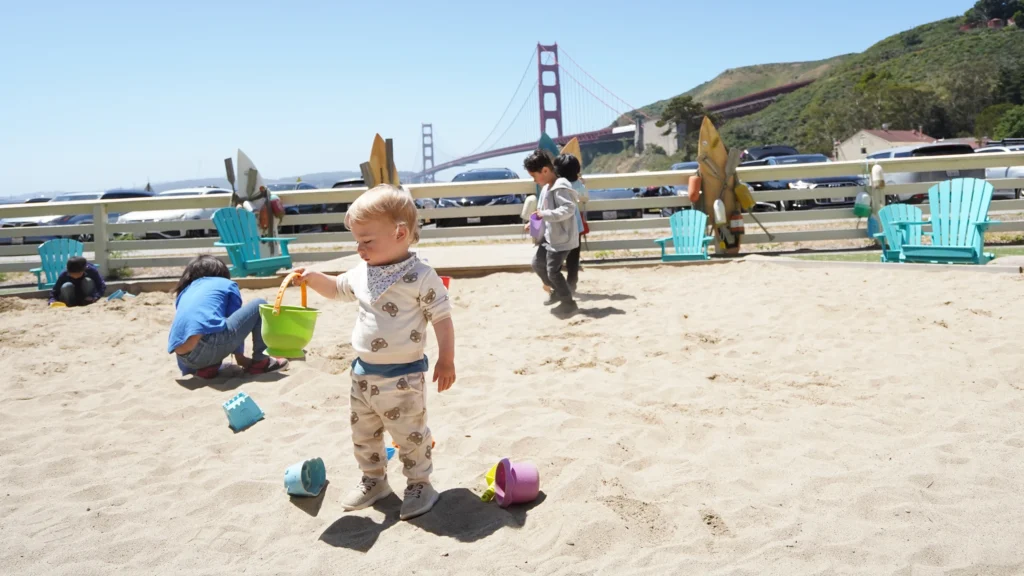
Design art that can be worn! Children use fabric, trim, ribbon, zippers, and more to express their creativity through clothing.
Materials Required
- Old T-shirts, sheets, or other fabrics that are no longer being used
- Zippers, trim, and ribbon
- Plastic needle or fabric glue
- Yarn or thread
- Fabric scissors
- Fashion magazines or internet pages (optional)
Instructions
- Gather materials and start designing. Decide on the type of wearable art to create. The Internet and fashion magazines are available for inspiration. Here are a few design challenges to consider:
- Design an article of clothing that can be worn on a snowy day.
- Design something to keep your feet warm.
- Create a piece of wearable art for your head.
- Make something that is meant to be worn on your finger.
- Pick an idea and direction, then experiment with different fabrics and trims.
- Lay out the fabrics and begin sewing or gluing to attach them together.
- Try the design on!
Additional Tips
Try these add-on activities:
- Create another piece of wearable art to create a whole new outfit.
- Add additional details, like trim or beading, to the piece.
- Try a different type of stitch or method of attaching the pieces together.
- Wear the art outside!
- Think of ways to create wearable art using household objects such as paper plates, cardboard, paper bags or anything else imaginable. For example, design a jacket using household objects or earmuffs using cardboard.
Links to Research
This activity asks children to be creative using everyday materials in response to some real-world challenges. The re-use of household materials encourages us to re-think what these materials are normally used as, thus asking us to consider alternative uses. Generating alternative uses is one way in which we can use divergent thinking to solve a problem, which is an important part of the creative process.
Supporting research includes:
Gilhooly, K. J., Fioratou, E., Anthony, S. H., & Wynn, V. (2007). Divergent thinking: Strategies and executive involvement in generating novel uses for familiar objects. British Journal of Psychology, 98(4), 611-625.
Guilford, J. P. (1959). Three faces of intellect. American Psychologist, 14(8), 469-479.
Runco, M. A. (1991). Divergent thinking. Westport, CT: Ablex Publishing.





